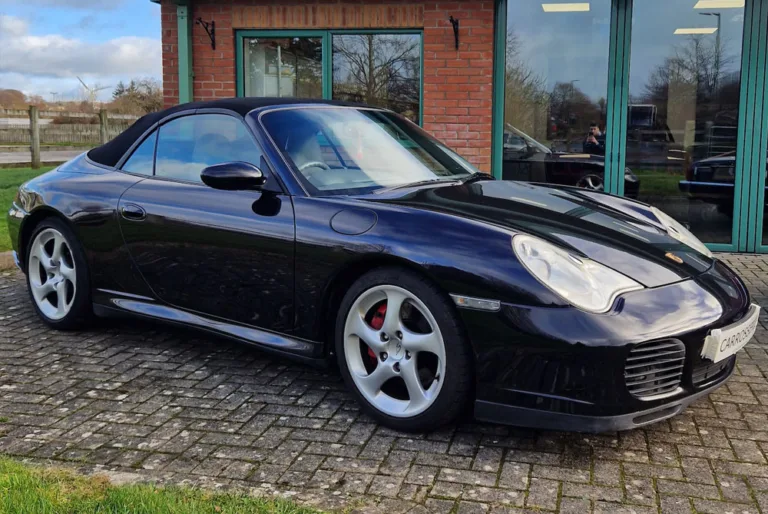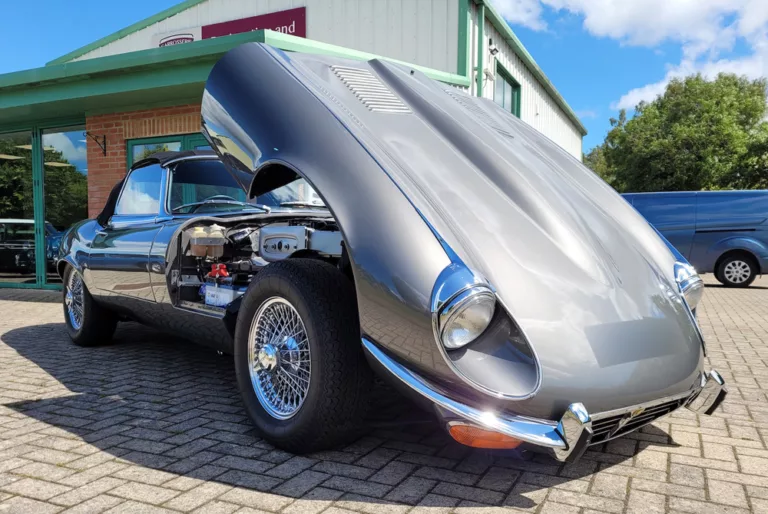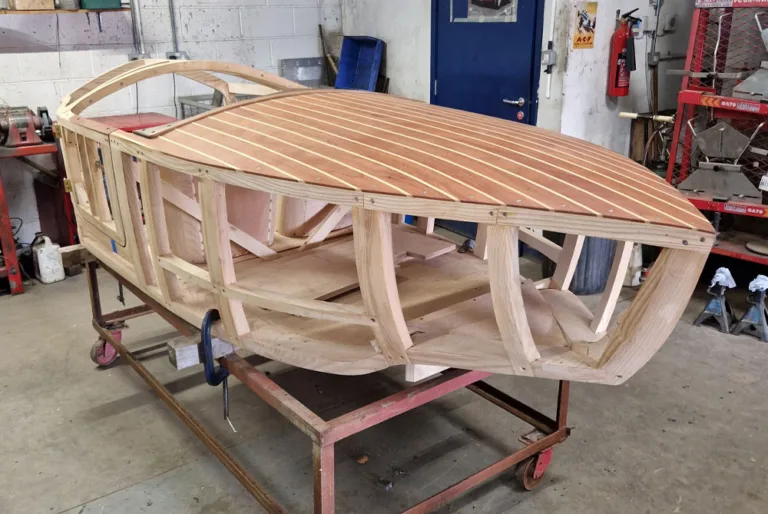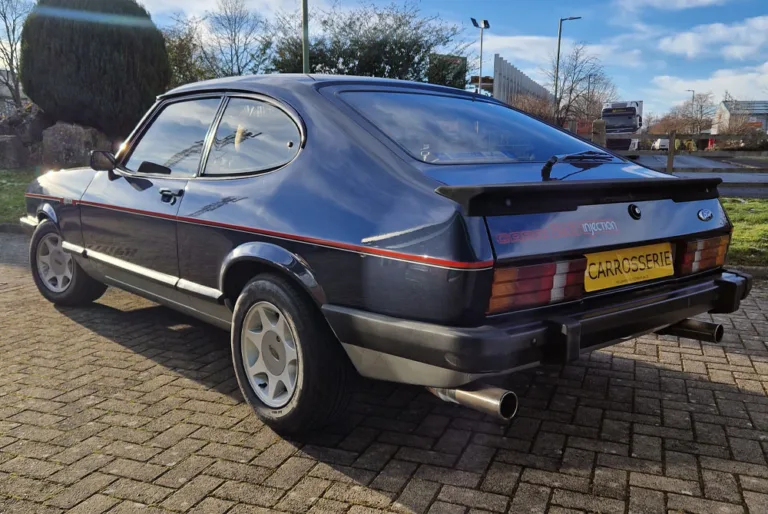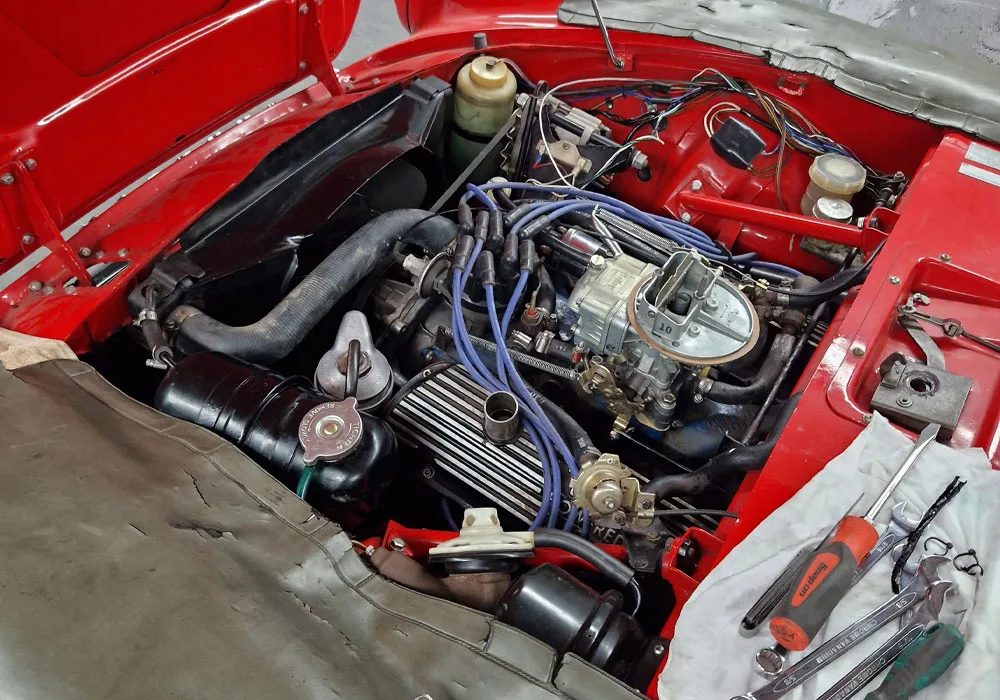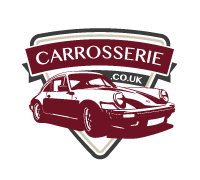The Sunbeam Tiger combined the power of a Ford V-8 with the sporting heritage of a British roadster in a car as adept at touring as it was racing.
The Tiger was a high-performance riff on the Alpine, a lovely four-cylinder roadster built by the Rootes Group, a boutique British manufacturer that got its start in 1928. U.S. West Coast sales manager Ian Garrad came up with the idea of swapping a 260-cubic-inch Ford V-8 for the 1.7-litre four in the Alpine to punch up sales. Legend has it he dispatched his service manager to nearby dealerships with a yardstick to find a V-8 engine that would fit. The Ford V-8 was the winner, and Garrad discussed the idea with his father Norman, who led Rootes Competition, along with racing driver Ken Miles and engineer Carroll Shelby then the work started.
Garrad had his team relieve an Alpine of its four-banger, then sent it to Shelby’s shop in Venice, California, so he could build a prototype Tiger. Miles also built one, using a 260 Ford and an automatic gearbox. After thoroughly testing both vehicles, Garrad sent Shelby’s Tiger to England for further development by Rootes.
Lord Rootes himself approved production of the Tiger after a convincing test drive. The company farmed out the stamping and painting of bodies to Pressed Steel, which sent the shells to Jensen Motors for assembly with imported Ford V-8 powertrains purchased through Ford’s Industrial Division. Shelby was initially hopeful that he would get the contract to build the cars but was instead paid a royalty on each Tiger built.
Tiger production was split into two phases. MK1 and MK1A cars were built from 1964-66 and MK2 through 1967, with any remaining Tigers sold through 1968. There were detail changes along the way; MK1 and MK1A Tigers transitioned through the more complicated rounded corners on the doors, boot, and bonnet to simpler square corners, and MK2 Tigers were factory equipped with a 200-hp 289-cubic-inch Ford V-8 for a performance improvement over the 164-hp, 260-cubic-inch V-8.
Although the Tiger and the Shelby Cobra follow the same general blueprint of stuffing a big American V-8 into a small British roadster, they are entirely different animals, a point Road & Track noted in its November 1964 issue.
The Tiger’s more comfortable interior appointments, which include deep-cushioned low back bucket seats with adjustable backs, roll–up windows, and an adjustable steering wheel, gave the Sunbeam a level of refinement and luxury you didn’t get in the more raucous Cobra. The magazine also praised the 164-horsepower Ford for its performance and driveability, noting that the small-block engine could propel the 2,565-pound car to 60 mph in 7.8 seconds and a top speed of 118—while returning 20 mpg.
The magazine also tested a 245-horsepower Tiger and said the optional traction bars addressed the traction hop that upset an otherwise well-balanced chassis, suspension, and brake package.
Today you’ll find Tigers with any number of engines under the hood, but the cars left the factory with a 260-cubic-inch Ford that made 164 horsepower with a two-barrel carburetor until 1966. The MK2 Tiger got a 289 good for 200 horsepower when it appeared in 1967.
The first 56 or so Tigers used a four-speed Ford sideloader also known as the Borg-Warner T-10. Those gave way to close-ratio Ford T-170 toploaders, while the MK2 cars got a wide-ratio version of that gearbox. Whatever the drivetrain, every Tiger used a solid rear axle and Dana 44 dropout differential produced at the Salisbury Division in England. The LAT catalog offered a limited-slip setup in a selection of gear ratios from 3:07 to 3:73 to step up the stock 2:88 set. Modern limited-slip conversions and gear sets are readily available.
Production peaked in 1965 when Rootes Group built 3,020 Tigers, or nearly half of all first-generation cars sold. The company built significantly fewer second-generation cars, although the exact number remains the subject of debate.
Norman Miller said Rootes produced 532 MK2 cars. He ought to know, as he is the caretaker of the Sunbeam Tiger Registry and a founding member of the Tiger Authentication Committee. He also wrote the definitive guide to the car, a book called, appropriately, The Book of Norman.
